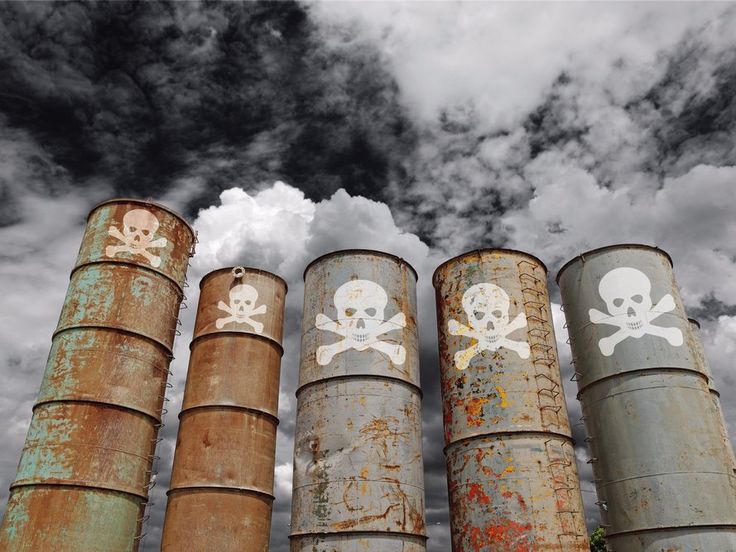
She used to be a fan of early mornings. The sound of the crow was a reminder that a new dawn was upon her. A day to let her shoes play with dew on the grass as she heads to school. Those were the days when she was woken up by the chirping of the birds.
As the trees were replaced by concrete in the property boom of Nairobi city, the things she loved most were swiftly sacrificed at the altar of development.
10 years later, she finds herself in apartments that are walled by factories. What now wakes her up are the industry machines belching smoke and the loud honking of the matatus (Kenya’s famous public transport means) that ply her route to work.
She not only has to contend with the ‘hazardous’ environment she lives in, she must also face the most brutal traffic jam in Nairobi. This road (Mombasa road) has had legendary traffic jams spanning for over 50 KM and lasting for days.
The alarm rings! She looks at her clock…it is 5am! The only grace period that the traffic allows is 30 minutes. If she hasn’t boarded a bus by 6 am, she can report to her work place as late as 9 am.
Welcome to Nairobi. The city under the sun that also used to be known as a place of cool waters but has since been diluted by the smoke from cars and other sources.
Getting into the matatu, one is not given many options. The menu is quite slim. It’s either you close the window and risk contracting a serious illness from a congested bus, or you open the window and swallow in the polluted air around.
If there is one burden that all Nairobi residents would want urgently lifted, it has to do with urban traffic. Every weekday, their shoulders are broken by the heavy load of traffic as roads that are usually open over the weekend are swiftly turned into a humongous parking lot- with vehicles moving at a snail pace.
Could it be that Nairobi has slim roads and a fast growing population? That could be a reason but there is also one more thing that worries environmentalists like us: Most personal vehicles in the traffic have an average of two passengers yet some have a capacity of up to five passengers.
If you live in a major city in Kenya, you are affected by traffic- from car users, cyclists, pedestrians or public transport users. Illnesses such as bronchitis, heart attacks are on the rise in Kenya with asthma more than fifty percent.
But Nairobi is not a person and you will not see the paleness on her face to show she is unwell not is she a building where you will see cracks on the wall. However, what you will see is an increase of people complaining of “minor” headaches, and increase in a number of people suffering from respiratory illnesses. You will see a haze of smog always staring over the city, limiting visibility and blocking the sunlight.
Nairobi is caught between a rock and hard place. On one side, there is a burgeoning appetite for large-scale infrastructural undertakings. On the other hand, the environmental is an impact is largely ignored. It often takes the intervention of lobby groups to speak on behalf of the environment. To a large extent, the failure of pollution in Nairobi is majorly due to the complacency of the government to effectively implement policies on the age limit of vehicles on the road and of a vehicle payment on greenhouse gas emissions.
On 30th June 2016, the Minister of Finance read the Kenya financial budget to eager stakeholders. He proposed an excise duty of imported vehicles that would change to an ad valorem rate of 20% on the value of the vehicle. This meant lesser taxes on small and cheaper vehicles hence more vehicles on the road as Kenyans enjoy the luxury of driving themselves from one point to another. To us, that is a sign of wealth.
The statistics for World Health Organization point out that Kenya has the most registered vehicles in East Africa, with vehicles being the third largest import item after industrial machinery and petroleum products. According to Kenya Revenue Authority, Kenya had cumulative vehicle registration of 5,062,366 at the year 2012 and this will likely double by the year 2050
The majority of the vehicles in Kenya are imported from Japan and Europe with their catalytic converters and air filters stripped off. With the increase in second-hand vehicles in Kenya, more emissions are witnessed as compared to a scenario where the showroom vehicles were encouraged.
According to the WHO Air pollution database, ninety-eight percent of cities in low and middle-income countries that have more that 100,000 inhabitants do not meet the WHO air quality guidelines. The major cities of Kenya fall under that category. As the quality of the urban air decreases, there is an increase in illnesses like asthma, lung cancer, heart diseases, chronic and acute respiratory diseases among the people living in the cities.
It’s not all gloomy and sad. A willing citizenry can quickly clear the fog of pollution. The first step would be to lobby the government to prioritize improvement and expansion of the urban train system and also put cycling lanes in Kenya. Car-pooling can also be a greater solution. However, security concerns have been raised before as a major hindrance to the car-pooling idea. However, if there can be an app or a system to effectively manage car-pooling, this can be a greater way to reduce vehicle emissions.
Article Shared By: Mutono Nyamai





Leave a Comment